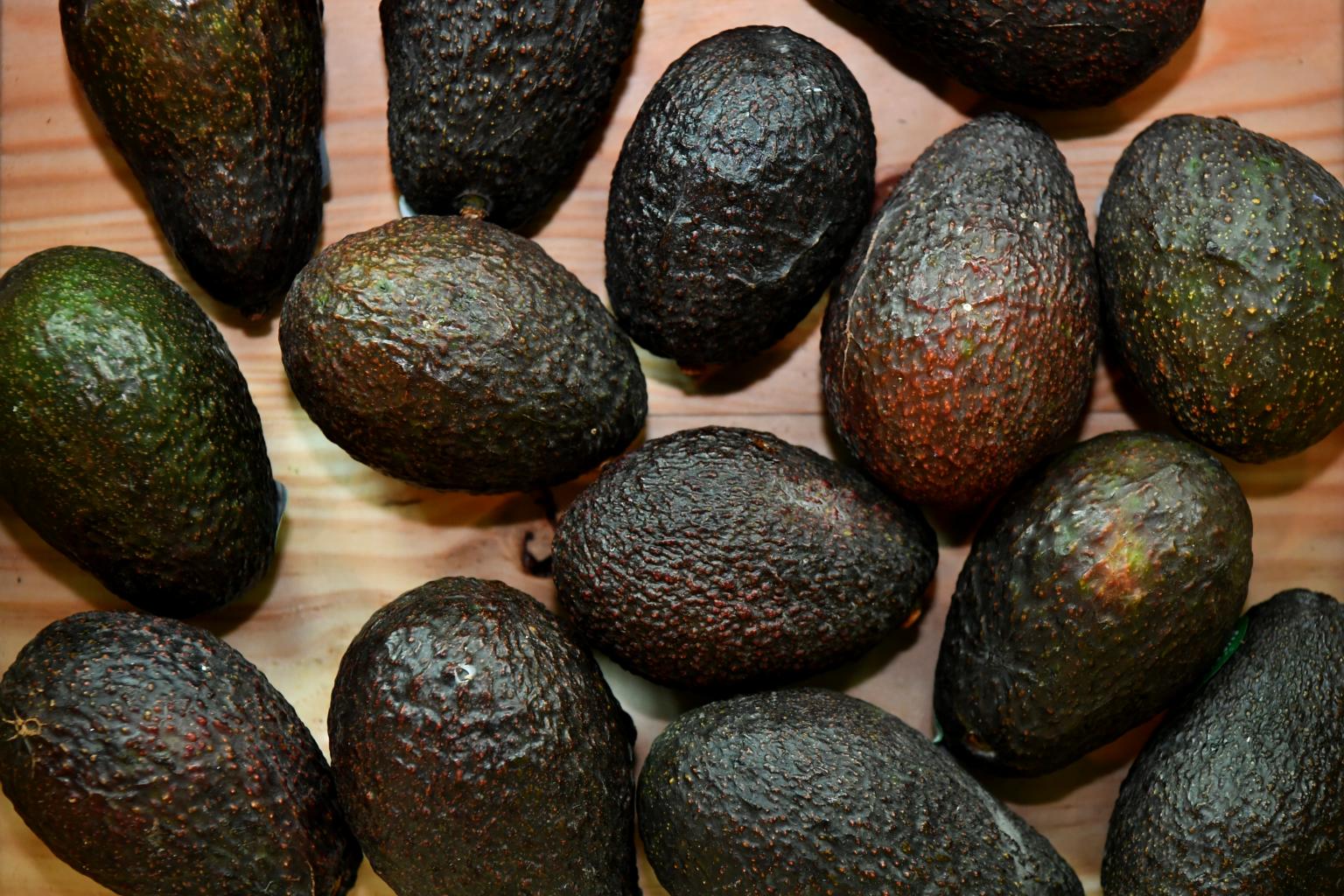Avocado demand surges in US, Europe as more people eat at home during pandemic
Sign up now: Get ST's newsletters delivered to your inbox

Demand for avocados has risen as more consumers eat at home.
ST PHOTO: LIM YAOHUI
Follow topic:
NEW YORK (BLOOMBERG)- Health-conscious consumers are eating avocados like never before during the pandemic.
After a brief drop in demand for the fruit at the start of the Covid-19 crisis, consumption of avocados in Europe and the United States is now hitting record highs, according to Mr Xavier Equihua, chief executive officer of the World Avocado Organisation, a trade group.
"Consumption is off the charts," he said in an interview from California. "People want to eat healthy. The new luxury post-pandemic is going to be eating healthy, and wellness. Even the fashion industry is saying that."
Demand for the fruit has risen as more consumers eat at home.
No longer just a component of guacamole for parties, its use has broadened to salads, burritos and, of course, the hipster cliche of avocado toast.
Europe's consumption will jump 12 per cent this year to a record 671 million pounds, according to import data, while US demand will increase 7 per cent, Mr Equihua said, citing industry projections.
"It's not only the millennials," he said. "They are now having kids and they are eating avocado too. Gen Z also wants healthy food. We're going to see a further explosion in the next six to eight years" when Europe may catch up to the top-consuming Americans, he said.
The value of global avocado imports grew the fastest among main fruit over the past decade, according to Mr David Magana, senior analyst for Rabobank International. Global demand for Hass, the most popular variety, will grow at an annual rate of almost 5 per cent through 2025, topping US$8 billion (S$10.7 billion) globally, the Hass Avocado Board projects.
Luckily for consumers, bumper crops in Mexico and California, the top suppliers to the American market, brought prices down this year after a supply disruption last year sent prices to record highs, Mr Magana said. From 2010 to 2018, world output rose from 2.87 million tonnes to 6.4 million, with planted area nearly tripling, according to data from the United Nations' Food and Agriculture Organisation, which excludes Chile, an important producer.
While lower prices have helped demand, US market penetration has room to grow, according to Mr Equihua. The average American eats 3.6kg a year, compared with Mexico's 9kg, he said.
One of the main challenges for the industry remains to ensure that supply keeps up with demand to avoid a surge in prices while also addressing criticism that some countries are expanding production using non-sustainable practices for the environment, he said.
"We're just scratching the surface in Europe, China and other parts of Asia and South-east Asia," said Mr Steve Barnard, chief executive officer of Mission Produce, the world's largest supplier, which owns packing facilities and grows fruit as well.
"India is starting to explore avocado consumption and based on the population in those areas, the expansion and demand has huge opportunity for growth."
To secure avocados year-round, the California-based company has been investing in countries such as Guatemala and Peru. Europe "presents a great opportunity and is one of the reasons to be in Guatemala" to support expansion, he said.
The company's annual sales more than doubled over the past five years, which gives Mr Barnard reason to be bullish even on China, where challenges remain.
The company entered a partnership with a local importer and a fruit retailer, and their Mr Avocado venture is the first and only supplier of ripe avocados in the Asian giant.
"Chinese consumers are attracted to the health benefits," Mr Barnard said.
"Right now, China thinks of avocados as a smoothie and baby-food ingredient, whereas the US thinks of avocado toast and guacamole, so as the country continues to gain access and familiarise themselves with the fruit, consumption will continue to grow."

